Creation of the digital archive
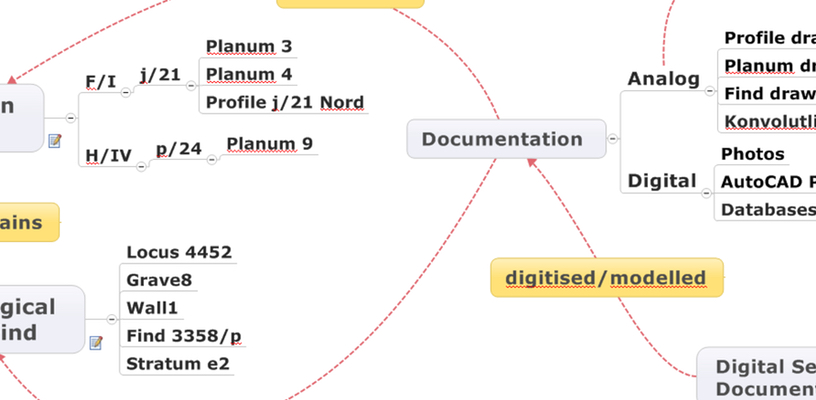 Figure 1: Main categories of physical reality, documentation and digitizing processes.
Figure 1: Main categories of physical reality, documentation and digitizing processes.
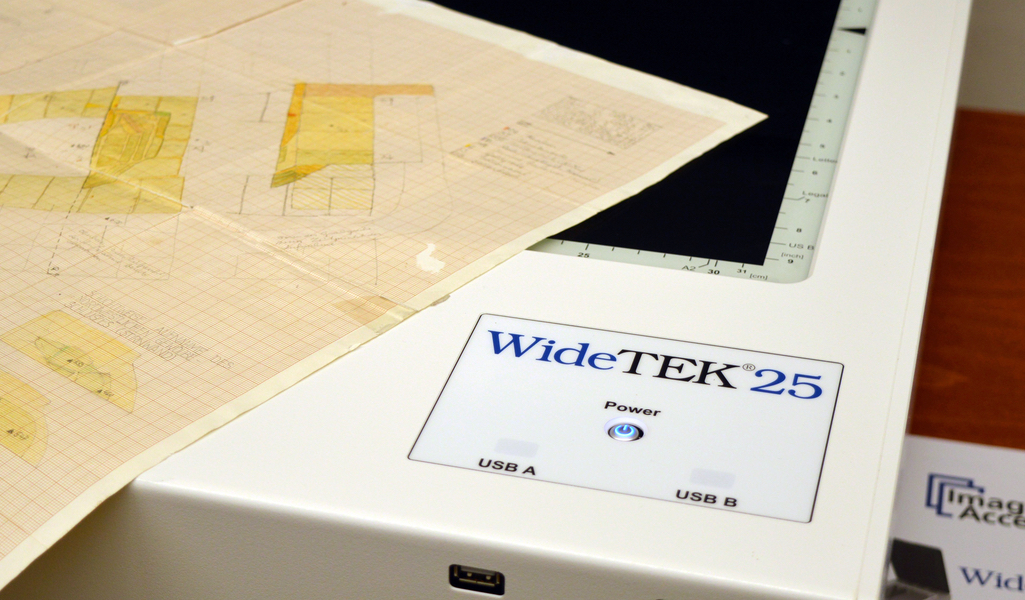 Figure 2: Scanning over-sized plans. (© copyright ÖAW/ACDH)
Figure 2: Scanning over-sized plans. (© copyright ÖAW/ACDH)
Image Gallery
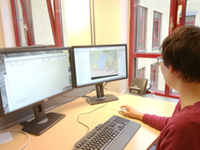
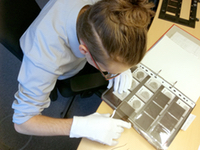
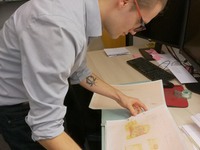
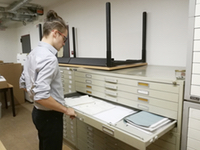
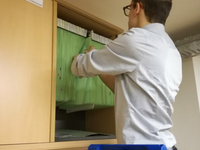
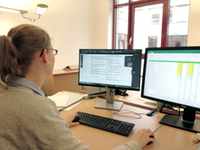

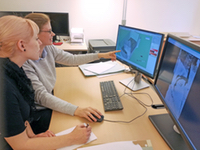
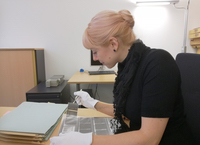
The TD archive at OREA holds a large quantity of analogue and digital resources which document the process of archaeological fieldwork and the archaeological discoveries that were made. For the digital archiving of these resources, we had to create a data model that represents the relationships between the information in the analogue and digital documentation, the actual archaeological evidence, the process of excavating this evidence and, of course, of us digitizing and processing the resources (Fig 1). We have used an ontology to represent this complex network of information.
The CIDOC CRM ontology is an ISO standard for cultural heritage documentation. Using this ontology does not only allow us to create the complex relationships that we need for our data model, but it also enables the data to be encoded in a machine-readable format. This is important if other computers want to access the information from the TD archive.
The preparation of the analogue resources for digital long-term preservation includes the digitization of resources, for example the scanning of paper records such as field drawings and the creation of metadata for the scan (Fig 2). Metadata can be information about the content depicted or described on the analogue resources, characteristics of the information carriers and/or information on the digitisation process. Depending on the future use of the digitised resources a set of Metadata is defined and presented in a standardized way, in our case the organisation of the metadata follows the standards set by the CIDOC CRM ontology. Typical metadata records in the A Puzzle in 4D for a digitised photo of a find are for example the inventory number of the find, the date when the photo was made and information about the scanning. The metadata about the finds include information about the type of find, the dating of the find and the find spot. The relationships that we have created between the different types of metadata allow a complex querying of the archive.
Preparation of born-digital resources for digital archiving included the standardisation and preparation for long-term preservation. The TD documentation archive is available in the OeAW repository ARCHE at https://id.acdh.oeaw.ac.at/td-archiv and it will also persistently referenceable with the handle http://hdl.handle.net/21.11115/0000-000C-4F1C-E. ARCHE is a repository certified with the CoreTrustSeal.
For more information on the digitization workflow, the resources prepared for digitisation, metadata concepts and workflows and the TD documentation archive in ARCHE please continue here: